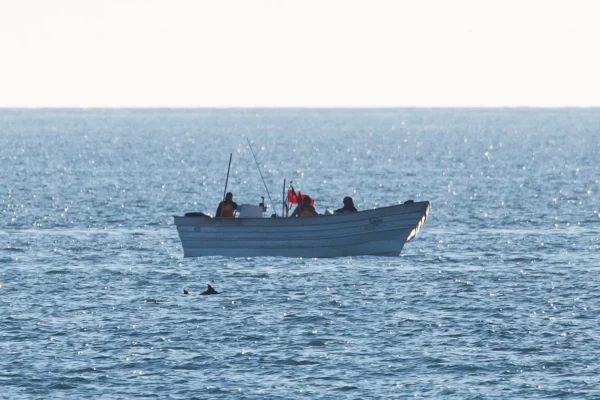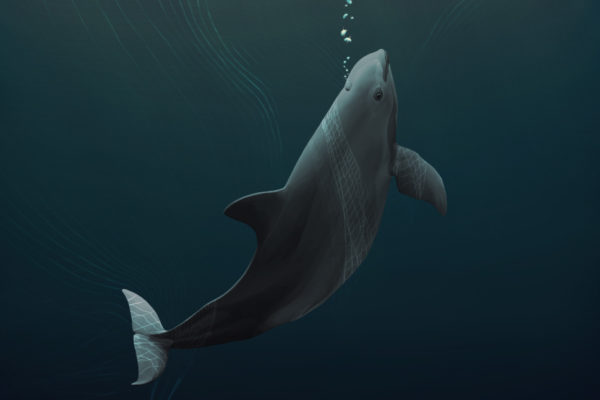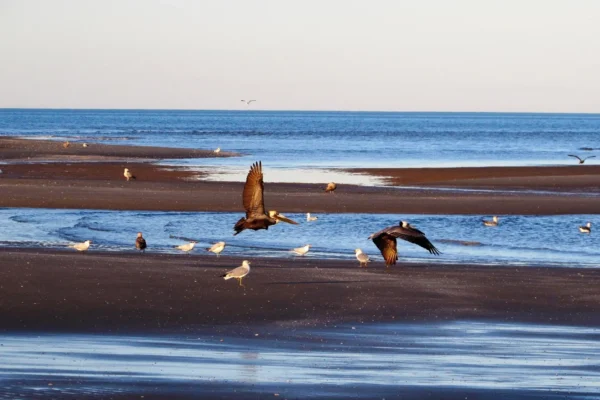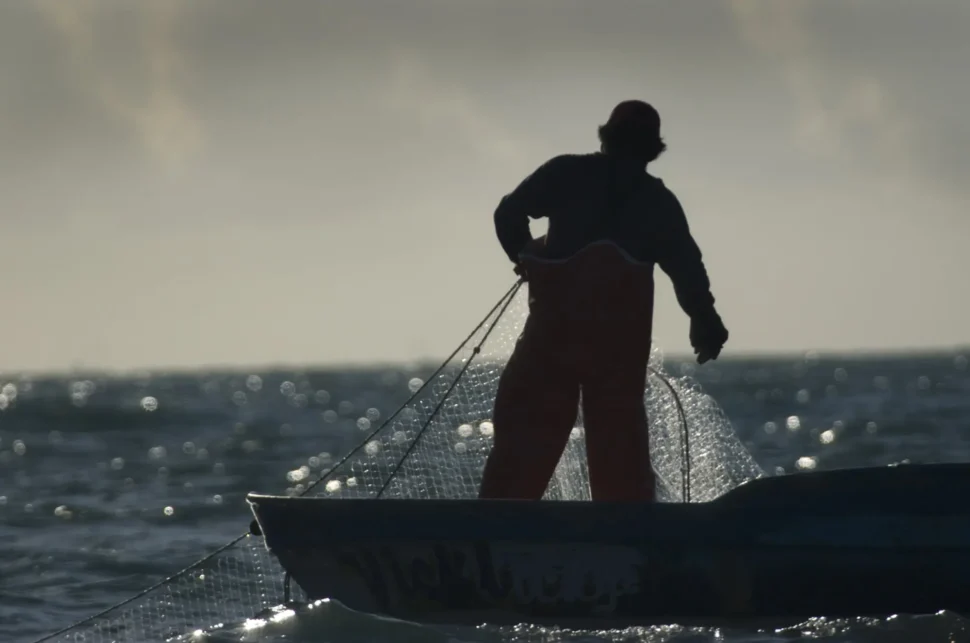
In an effort to save the vaquita, the Ministry of Agriculture, Livestock, Rural Development, Fisheries and Food (SAGARPA) and the Ministry of the Environment and Natural Resources (SEMARNAT) announced a permanent ban on gill-net fishing in the Upper Gulf of California (Sea of Cortez) – the only place the critically endangered vaquita calls home.
The vaquita, the world’s smallest cetacean, was first recognized as “vulnerable” by the International Union for Conservation of Nature (IUCN) in 1978 and finally declared “critically endangered” in 1996. The species has been in a steady decline since then and its numbers have fallen from about 600 animals in 1997 to under 30 animals in 2016. It is now considered the most endangered marine mammal on Earth and faces imminent extinction.
The only threat to the vaquita’s survival are gill-nets, very effective fishing nets that are designed to capture large amounts of fish but are also dangerous to marine mammals that once entangled drown quickly. Gill-net fishing had been prohibited under a temporary ban since 2015, but illegal fishing for the totoaba, a large species of fish, had continued.
Learn more about the vaquita
Related Articles
- Vaquita population down to 30 individuals
- Vaquita conservation efforts continue as time is running out
Knowledge Base
With its latest measures, the Mexican Government has given in to international pressure. Conservation organizations and scientists have long been calling for a permanent stop to all gill-net fishing in the Upper Gulf of California, and a temporary ban first announced in April 2015 was set to expire this year.
In addition to making the ban on gill-nets permanent, the Mexican government is also stepping up its enforcement efforts. The government announced the prohibition of night fishing activities with smaller vessels, including sport fishing. Prohibited fishing gear can now be confiscated if found to be transported by boat, air or on land, closing a loophole that previously made enforcement difficult. And measures also include the regulation of fixed landing sites and the use of monitoring systems to ensure compliance with the law.
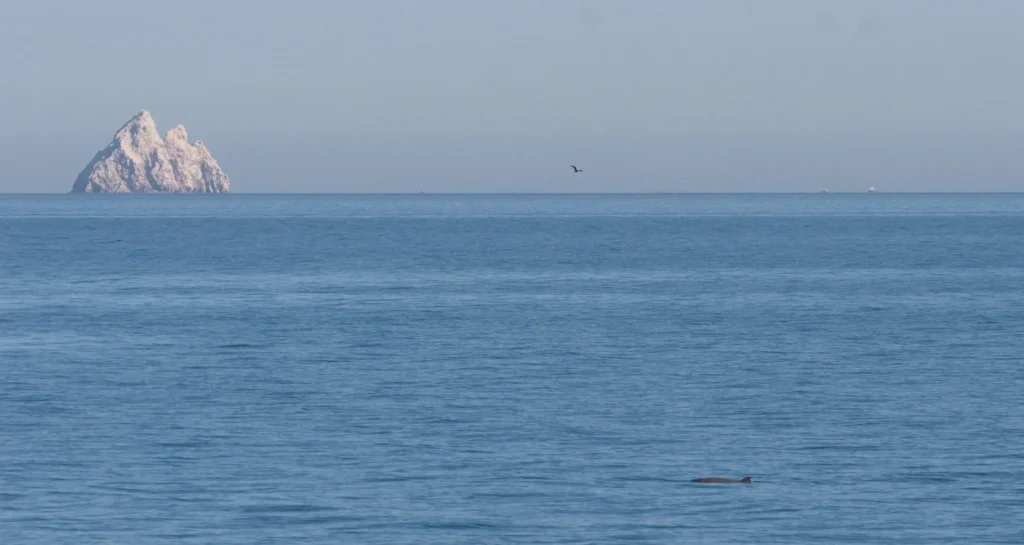
While the vaquita’s habitat in the Gulf of California is comparatively small, enforcement of the gill-net ban has proven difficult in the past. Every single net poses a threat, whether it is active or derelict or abandoned fishing gear. Despite enormous efforts to remove nets from the area, it is very likely that nets remain, and they will continue to pose a threat to the vaquita.
That is why scientists are set to embark on a risky mission later this fall to try and capture the last remaining vaquita. The goal is to move the animals to a temporary habitat free from gill-nets until their home is deemed safe for their return. The US Navy is contributing to this effort by training captive dolphins to help locate live vaquita, which could prove vital as the vaquita’s low numbers make it very difficult to even find them. This last-ditch effort to save the species is scheduled to begin in September.
References and Further Reading
- Urrutia-Osorio, M. Fernanda ; Jaramillo-Legorreta, Armando M. ; Rojas-Bracho, Lorenzo ; Sosa-Nishizaki, Oscar (2015). Analysis of the artisanal fisheries of San Felipe, Mexico: Estimating incidental mortality of the vaquita (Phocoena sinus). Journal of Marine Animals and Their Ecology.
- LORENZO ROJAS-BRACHO ; RANDALL R. REEVES ; ARMANDO JARAMILLO-LEGORRETA (2006). Conservation of the vaquita Phocoena sinus. Mammal Review.
- Environmental Investigation Agency (2016). Dual extinction: The illegal trade in the endangered totoaba and its impact on the critically endangered vaquita. Briefing to the 66th Standing Committee of CITES.
